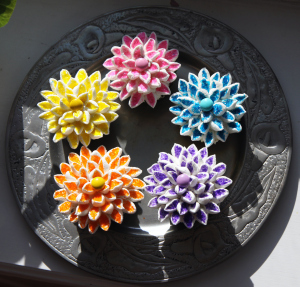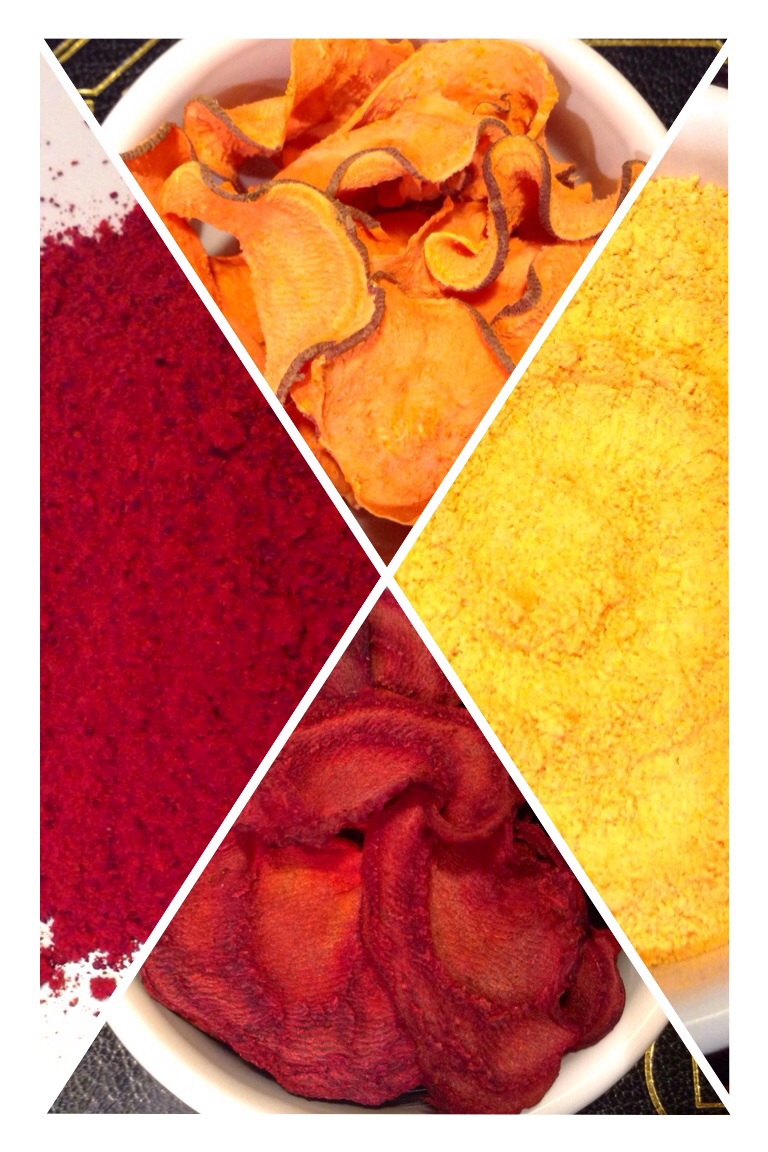emilylovesfood | Just another WordPress.com site.
Maybe it’s because of these cold winter days that I was attracted to these brightly colored spring flower cupcakes. The sun rising later and descending earlier can make one feel a little blue at times. I do find I love to take walks in the crisp, cool air, though. It’s so invigorating. Although I was immediately drawn to these delightful miniature cakes of joy, my excitement was followed by a moment of sorrow…I mourned that I would never be able to replicate them, as my icing piping skills are nil. Little did I realize the ‘icing’ was actually marshmallows. Just fabulous for folks like myself! Then, I thought that even though these were a tribute to spring, you could easily use blue, silver, gold, red, or green for this Holiday season. I think they would also make lovely birthday cupcakes. Cheers to the Holidays and the coming spring ahead!






You must be logged in to post a comment.